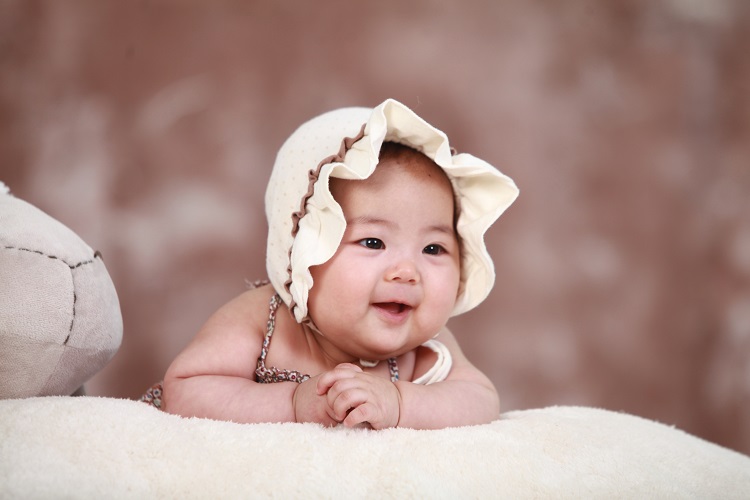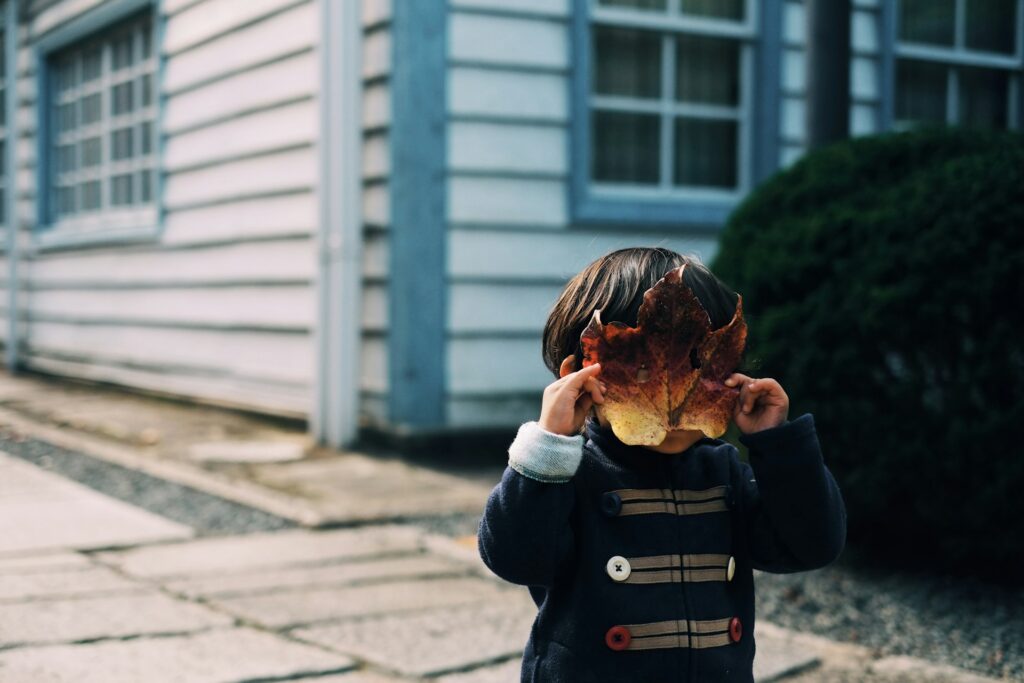On Tuesday, January 14, 2019, a federal judge ordered that the citizenship question should be removed from the 2020 census. That’s very good news for young children, even though the issue is likely to be appealed all the way to the Supreme Court. If the question remains on the Census, young children— 99 percent of whom are citizens—will suffer collateral damage.
When Secretary of Commerce Wilbur L. Ross Jr. issued a statement on March 26, 2018, requiring the Census Bureau to add a question on citizenship status to the 2020 Census questionnaire, he stirred up a storm of controversy (not to mention six lawsuits). Opponents are concerned that the decision would reduce response rates in the 2020 Census, because noncitizens would be afraid that their responses would be used against them by government agencies. This would reduce the accuracy of the Census and violate a Constitutional requirement that all people in the country be counted. It would also increase the costs of the Census.
While most of the debate has focused on the potential to reduce the count of immigrant adults, the citizenship question could end up penalizing young children more than any other age group. This is true despite the fact that the vast majority of young children are citizens. That’s because many young children live in “mixed status” households; some members of the household are immigrants, and others are citizens.
Based on data from 2010, the Census Bureau itself predicts that if the citizenship question remains on the 2020 Census, the self-response rate for households with noncitizens will be 5 to 6 percent points lower than it would have been without the citizenship question. Households that do not self-respond are then included in the Non-Response Followup (NRFU) operation where Census Bureau enumerators are sent out to nonresponding households to get information. One Census Bureau study shows the omission rates (technically the nonmatch rates between PES and Census records) were much lower in the self-response operation than the NRFU operation in the 2010 Census. In other words, lower self-response rates typically translate into higher net undercount and omissions rates despite Census Bureau efforts to count these households. Thus, Census advocates are concerned that a higher proportion of households with noncitizens will not be counted at all in the 2020 Census.
If households with one or more noncitizens refuse to respond to the Census, it is likely to increase the omissions rates for everyone in those households including citizens. Young children are a disproportionately large segment of the population living in households with one or more noncitizens. Population Reference Bureau research shows that 20 percent of children age 0 to 4 (about 5 million) live in a household with one or more noncitizens. The percent of children age 0 to 4 living in a household with one or more noncitizens was higher than any other age group.
The likelihood that many young children will be missed in the 2020 Census due to the addition of the citizenship status question adds to an already difficult situation for counting young children in immigrant households.
A large segment of the public is already uncertain about whether to include noncitizens in their Census questionnaire. Recent data from the U.S. Census Bureau’s Census Barriers, Attitudes, and Motivators Study (CBAMS) shows 45 percent of respondents are unsure whether noncitizens are supposed to be included in the Census Count. This is an increase from 24 percent in the 2008 CBAMS study. Another study from the National Association of Latino Elected Officials shows that 15 percent of Latino parents with young children (age 0 to 4) are unsure whether young children are supposed to be included in the Census. Young children experience a double whammy; they are less likely to be counted if they live with an immigrant family member and they are less likely to be counted if the person filling out the questionnaire thinks they are not supposed to be included in the census questionnaire
Dr. Ron Jarmin, Deputy Director of the Census Bureau, and Undersecretary of Commerce Karen Dunn Kelley have both said that getting a complete count of young children in the 2020 Census is a high priority. Young children had the highest net undercount and highest omissions rates in the 2010 Census. If the citizenship question ultimately remains on the Census, it is likely to increase the net undercount and omissions rates of young children in the 2020 Census significantly.
____
Dr. William O’Hare has more than 40 years of experience as an applied demographer and expert data analyst. For fifteen years prior to his retirement, he ran the KIDS COUNT project at the Annie E. Casey Foundation. He is the author of the book, The Undercount of Young Children in the U.S. Decennial Census, published in 2015. He holds a PhD from Michigan State University.








